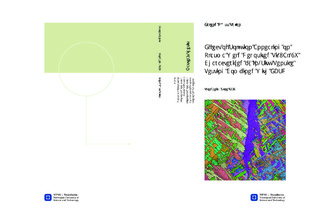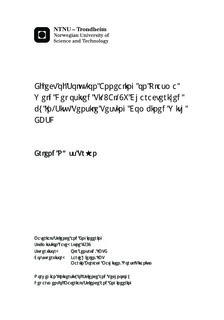| dc.description.abstract | This work is based on the work done by Mathisen et al. [1], which considers the mechanical properties of the components produced by Norsk Titanium (NTi). NTi produces Ti-6Al-4V (grade 5 titanium) components by additive manufacturing (AM). The material from NTi where heat-treated in order to study the possible differences in deformation mechanisms. The material was either furnace-cooled (FC) or air-cooled (AC) after solution annealed at 950°C for 1 hour. Both FC and AC samples went to an aging procedure at 600°C for two hours after solution annealing. The deformation mechanisms were observed by doing an in-situ tensile tests with electron-backscattered diffraction (EBSD). The time spent on sample preparation for EBSD proved valuable as the average CI, fit and IQ values for the tensile specimens before deformation were 0.44, 1.07 and 144.8 respectively.Both prismatic and basal slip are present in the material, in addition to slip along boundaries because of an unfavorable orientation at one side of the boundary. The combination of elastic stiffness and Schmid factor proved effective for calculating all three types of deformation. In the as-received material, the deformation accumulates at the columnar β-grain boundaries, while after heat treatment, the deformation are more uniformly distributed among the β-grains. The anisotropy of the material is however still obvious, as the deformation is concentrated in certain grain.The AC material gained a more homogenous width of α-lamellas as compared to the as-received material, although tendencies towards basketweave structure were still present. The FC material obtained α-lamellae that are more discontinuous than in the as-received material. Due to a strict orientation relationship, the material doesn t seem to obtain a more isotropic texture after the heat treatment. Due to a non-equilibrium composition and microstructure in the AM material, the use of dilatometry was unable to obtain any data regarding the transition temperature. The first specimens that underwent a heat treatment performed a very brittle behavior. Some of the material had been exposed to a contamination of both hydrogen and oxygen. This underlines the importance of atmospheric protection when operating with titanium at elevated temperatures. | nb_NO |

